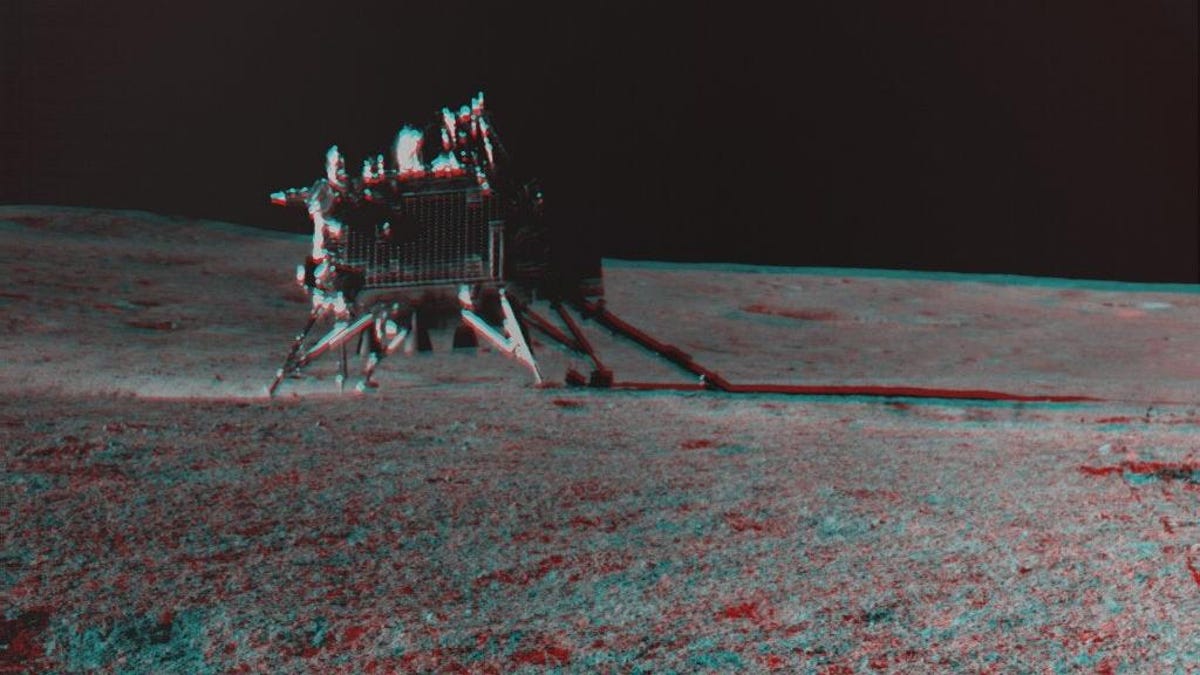The Chandrayaan-3 lander on the Moon.Image: ISRO
India’s Chandrayaan-3 lander and rover have been asleep on the surface of the Moon while efforts to revive the pair continue until the end of the lunar day.
China’s Plan to Land Astronauts on the Moon
The Indian Space Research Organization (ISRO) tried to reestablish contact with its Chandrayaan-3 mission on September 22 but has received no signal back from the lunar pair. The space agency, however, is not giving up just yet and will continue to try and establish contact with the lander and rover duo, ISRO wrote on X (formerly Twitter).
The Vikram lander was set to sleep mode on September 3, which marked the end of lunar daytime, while its companion, the Pragyan rover, fell asleep next to it as its solar power depleted. As the Sun rises on the duo’s location at Shivshakti Point in the lunar south pole, India’s space agency is reaching out to its Moon mission.
A lunar day and night each last about 14 Earth days. During the daytime on the Moon, it experiences extreme heat and brightness while nighttime plunges the lunar surface into frigid darkness. The Chandrayaan-3 mission was designed to last for the duration of a lunar day, with the lander’s solar panels converting sunlight into electricity.
Still, ISRO had hoped that its lunar lander could be revived with the beginning of a new lunar day as the Sun casts its light on the mission’s solar panels. The space agency seems to be persistent in wanting to regain contact with its first successful mission to the lunar surface, but chances of the Chandrayaan-3 mission waking up may be slim as the lander may not have survived the extreme cold of the lunar nighttime.
India’s Chandrayaan-3 mission successfully landed on the Moon on August 23, making India the fourth country to achieve such feat after the Soviet Union, the U.S., and China. Since its successful touchdown, India’s Moon mission has been busy exploring the Moon’s south pole, measuring the temperature profile of this previously unexplored region. The Chandrayaan-3 rover has also found traces of sulfur and other chemical elements on the lunar surface.
For more spaceflight in your life, follow us on Twitter and bookmark Gizmodo’s dedicated Spaceflight page.
